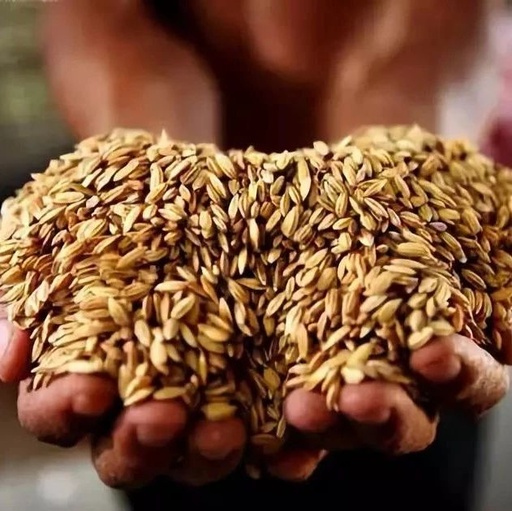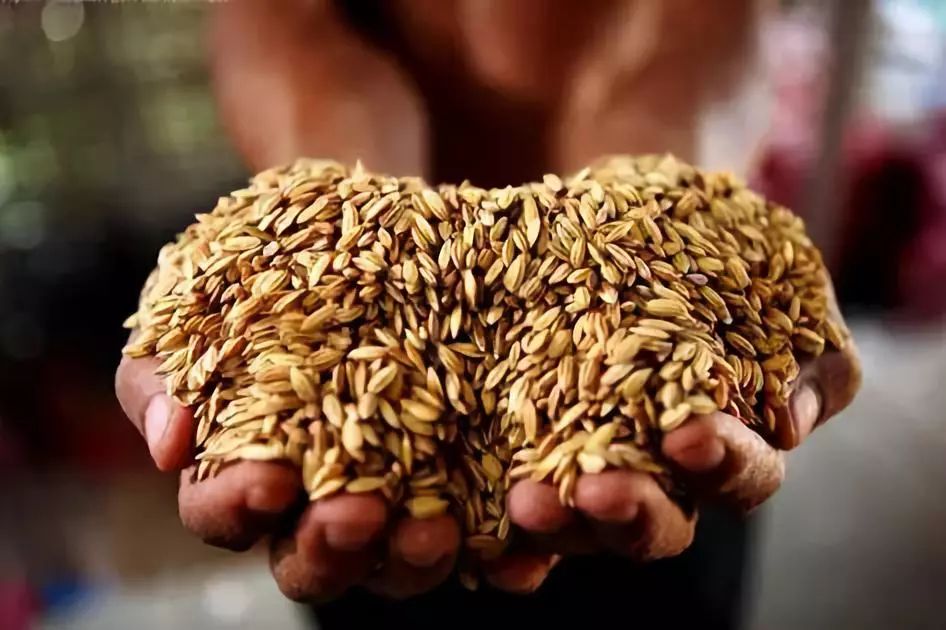
“Food is the God of the People”; the dietary habit in China, centered around grains, has been followed for thousands of years. The concept of grain-based health is one of the essences of Chinese dietary culture, as stated in the classic TCM text, Huangdi Neijing, which mentions “grains are nourishment”.
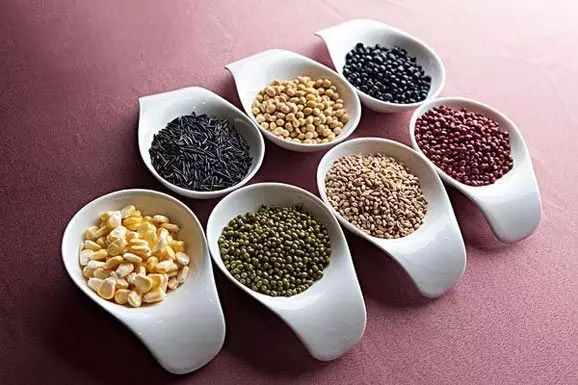 Secrets of Grain-Based HealthOatsLowering Blood Lipids
Secrets of Grain-Based HealthOatsLowering Blood Lipids
The most praised health component of oats is β-glucan, a soluble fiber that gives oats their viscous texture and has the function of preventing cardiovascular diseases and lowering cholesterol levels.
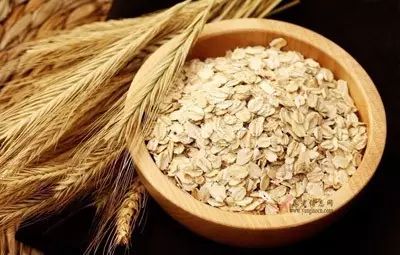
Additionally, oats have a low glycemic index, which helps control blood sugar levels. Oats also prevent constipation and colorectal cancer. It is best to cook oat flakes for 3 to 5 minutes before consumption, as this is more effective than just soaking.
BuckwheatLowering Blood Sugar
Buckwheat and the Chinese specialty, bitter buckwheat, are very high in rutin, which is a key component in medications for preventing and treating diabetes and controlling postprandial blood sugar levels. Therefore, buckwheat and bitter buckwheat are particularly suitable for diabetic patients.
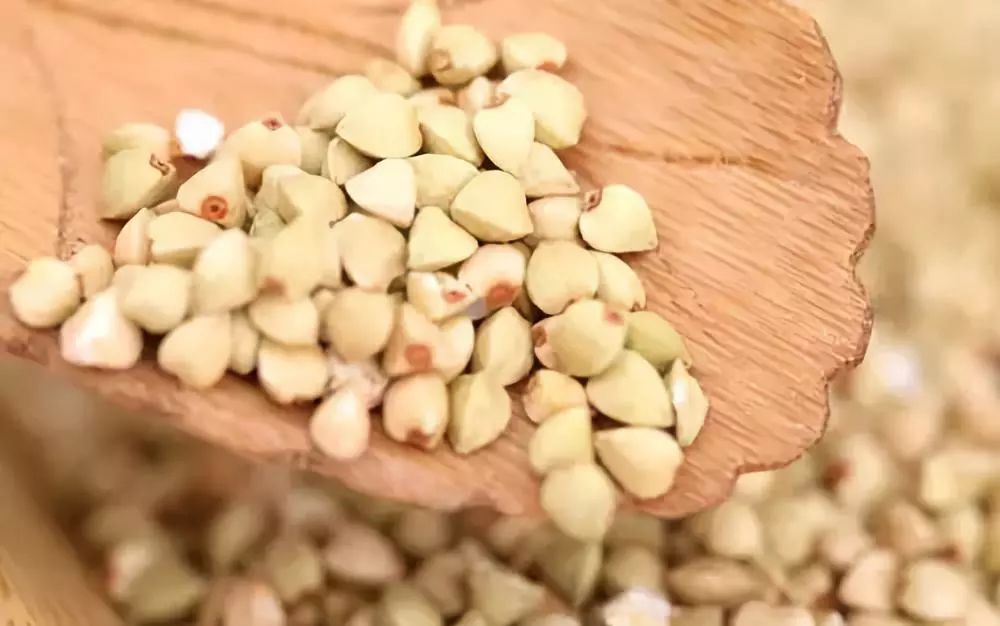
Diabetic patients should carefully check the ingredient list when choosing products and try to select those with a high buckwheat content. Common bitter buckwheat products include bitter buckwheat tea and bitter buckwheat powder, which diabetic patients can choose based on their conditions.
Coix SeedAnti-Cancer
The coix seed oil found in coix seeds has been shown to effectively control the growth of cancer cells, making it an ideal anti-cancer food. Additionally, coix seeds are also known for their skin whitening and beautifying effects.Coix seeds are relatively hard, so it is recommended to soak them before cooking them into porridge.
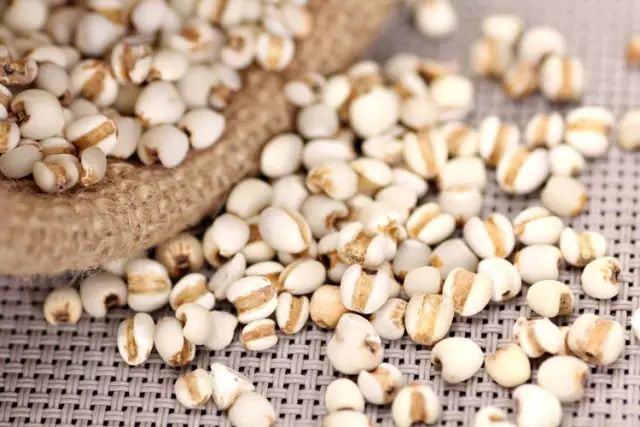 MilletStomach Protection
MilletStomach Protection
Millet has a balanced nutritional profile, with a variety of vitamins and minerals present in relatively high amounts. The greatest feature of millet is its easy digestibility, which does not place a heavy burden on the stomach.
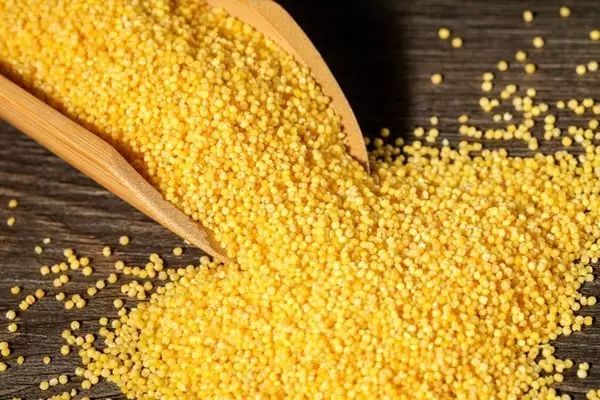 Black Rice and Purple RiceEye Protection
Black Rice and Purple RiceEye Protection
Black rice and purple rice, which are dark-colored grains, are generally rich in anthocyanins, which have antioxidant properties that can prevent fat oxidation and maintain the health of ocular blood vessels.
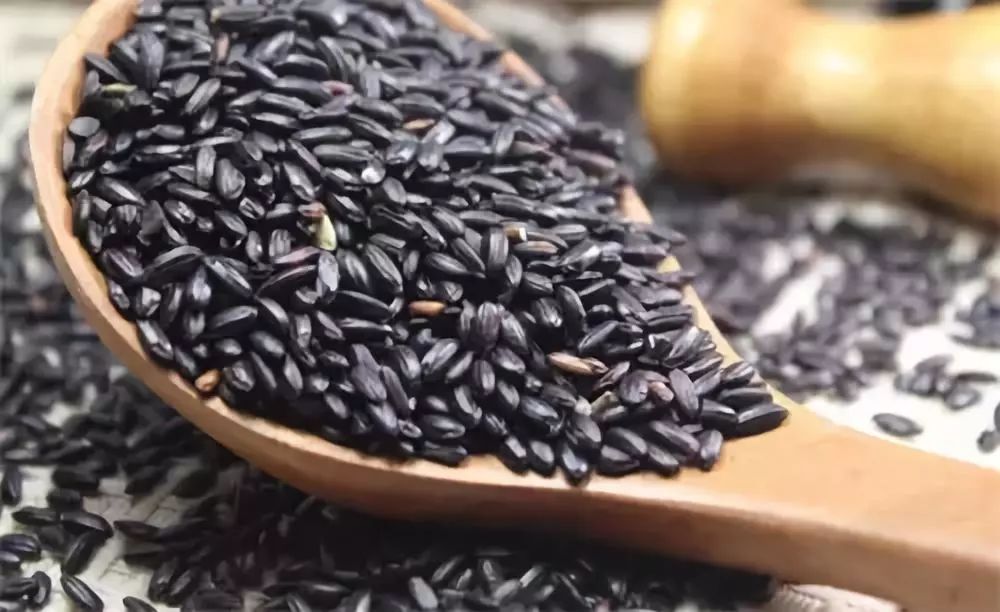
Black rice and purple rice also contain a rich amount of dietary fiber and minerals, but their texture is relatively hard and they absorb water slowly. Therefore, they need to be soaked for a long time before cooking, ideally for up to 12 hours. Cooking them into porridge is more beneficial for digestion and absorption.
Grains and LegumesRich in Nutrition and Food-Medicine Homology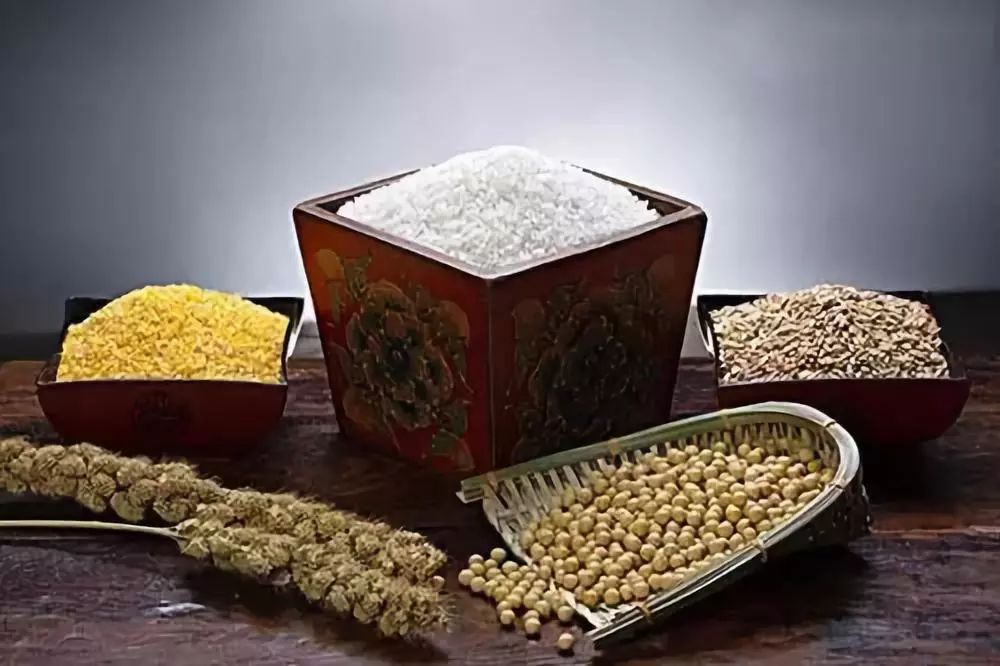 The five grains recorded in the Rites of Zhou from the Western Zhou period refer to millet, foxtail millet, beans, wheat, and rice. In modern TCM, the five grains generally refer to beans (shū), corn (shǔ), millet (jì), wheat, and rice, corresponding to the five organs of the human body: kidneys, heart, spleen, liver, and lungs.
The five grains recorded in the Rites of Zhou from the Western Zhou period refer to millet, foxtail millet, beans, wheat, and rice. In modern TCM, the five grains generally refer to beans (shū), corn (shǔ), millet (jì), wheat, and rice, corresponding to the five organs of the human body: kidneys, heart, spleen, liver, and lungs.
How to Eat Grains and Legumes for Better Health
Mixing Coarse and Fine GrainsWhen consuming grains and legumes, it is important to pay attention to the balance of coarse and fine grains. If grains are not cooked thoroughly, consumed in excess, or not chewed properly, they can place an extra burden on the digestive system. Young children and the elderly, who may have weaker digestive functions, may experience discomfort such as indigestion and bloating. Cooking coarse grains into porridge or mixing them with fine grains can aid digestion and absorption.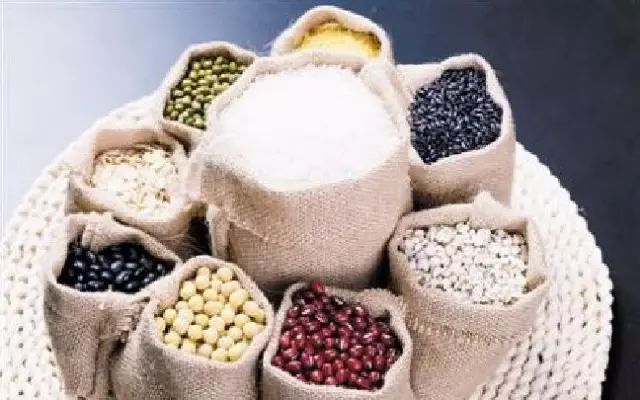 Dietary BalanceWhile consuming coarse grains, it is also important to maintain dietary balance by ensuring adequate intake of fruits, vegetables, and animal proteins such as fish and meat. Pairing protein-rich and mineral-rich foods can help with absorption and avoid malnutrition caused by excessive reliance on coarse grains. Achieving nutritional balance is essential.
Dietary BalanceWhile consuming coarse grains, it is also important to maintain dietary balance by ensuring adequate intake of fruits, vegetables, and animal proteins such as fish and meat. Pairing protein-rich and mineral-rich foods can help with absorption and avoid malnutrition caused by excessive reliance on coarse grains. Achieving nutritional balance is essential.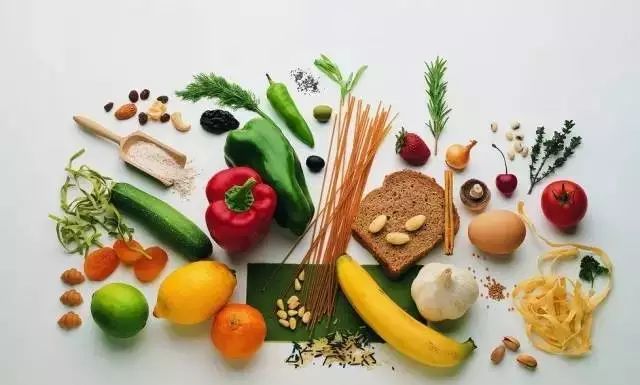 Focus on Cooking MethodsThe cooking methods for grains and legumes are also quite important. For example, black rice is best suited for porridge rather than rice. Corn is best steamed for maximum nutrition. Pairing oats with milk helps with more comprehensive nutrient absorption.
Focus on Cooking MethodsThe cooking methods for grains and legumes are also quite important. For example, black rice is best suited for porridge rather than rice. Corn is best steamed for maximum nutrition. Pairing oats with milk helps with more comprehensive nutrient absorption.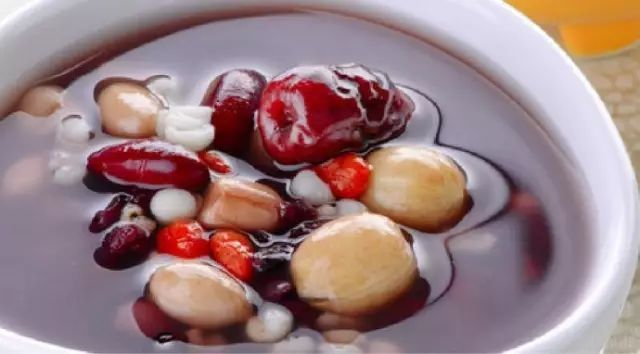 “Every grain of rice and every meal should remind us of the hard work behind it.” Each grain of food goes through at least 20 processes from sowing to harvesting and then to processing into finished products, reflecting the hard work and sweat of farmers. Let us remember the effort behind every grain and cherish food, avoiding waste.Tips for Storing Rice at HomeSecrets to Preventing Rice from Infesting
“Every grain of rice and every meal should remind us of the hard work behind it.” Each grain of food goes through at least 20 processes from sowing to harvesting and then to processing into finished products, reflecting the hard work and sweat of farmers. Let us remember the effort behind every grain and cherish food, avoiding waste.Tips for Storing Rice at HomeSecrets to Preventing Rice from Infesting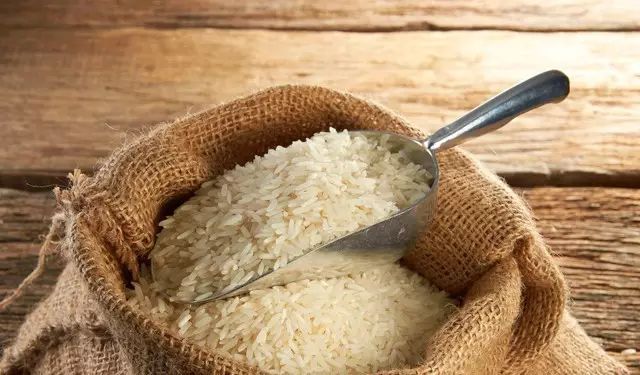 Garlic Method:Garlic contains allicin, which can prevent insects when buried in rice.Orange Peel Method:Orange peel contains citral, which can repel insects when buried in rice.Freezing Method:Infested rice can be placed in a plastic bag, sealed tightly, and placed in the freezer for 48 hours to kill the insects.Sichuan Pepper Method:Pack 50 grams of Sichuan pepper powder in a small cloth bag and place it in the rice container. Seal the container with plastic wrap; the volatile substances released by the Sichuan pepper can prevent and kill insects.
Garlic Method:Garlic contains allicin, which can prevent insects when buried in rice.Orange Peel Method:Orange peel contains citral, which can repel insects when buried in rice.Freezing Method:Infested rice can be placed in a plastic bag, sealed tightly, and placed in the freezer for 48 hours to kill the insects.Sichuan Pepper Method:Pack 50 grams of Sichuan pepper powder in a small cloth bag and place it in the rice container. Seal the container with plastic wrap; the volatile substances released by the Sichuan pepper can prevent and kill insects. If rice has insects, do not rush to throw it away or expose it to sunlight. Spread the infested rice in a cool, ventilated area to allow the insects to crawl out slowly, then sift it to continue using. However, if the rice has mold, it should be properly disposed of and not consumed.Methods for Storing Grains
If rice has insects, do not rush to throw it away or expose it to sunlight. Spread the infested rice in a cool, ventilated area to allow the insects to crawl out slowly, then sift it to continue using. However, if the rice has mold, it should be properly disposed of and not consumed.Methods for Storing Grains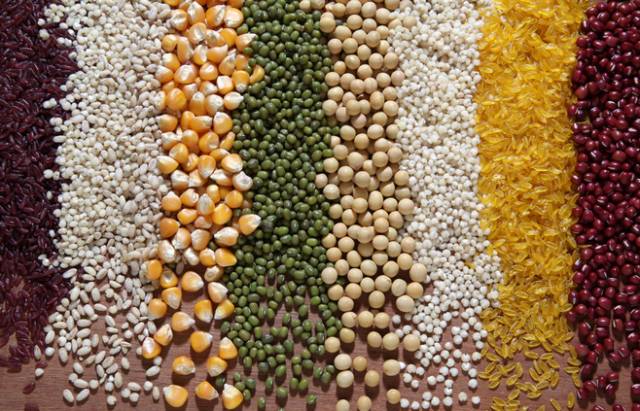 Grains and beans should be sealed in plastic bags and stored in a cool, dry, and well-ventilated place to prevent moisture, heat, mold, and insect infestation.
Grains and beans should be sealed in plastic bags and stored in a cool, dry, and well-ventilated place to prevent moisture, heat, mold, and insect infestation.
Likes are a form of encouragement | Sharing is the best support
Spread health and wellness knowledge
If you have any suggestions for our public account, feel free to leave a message in the background O(∩_∩)O~
Want to learn more? Please long press to follow our WeChat public platform


